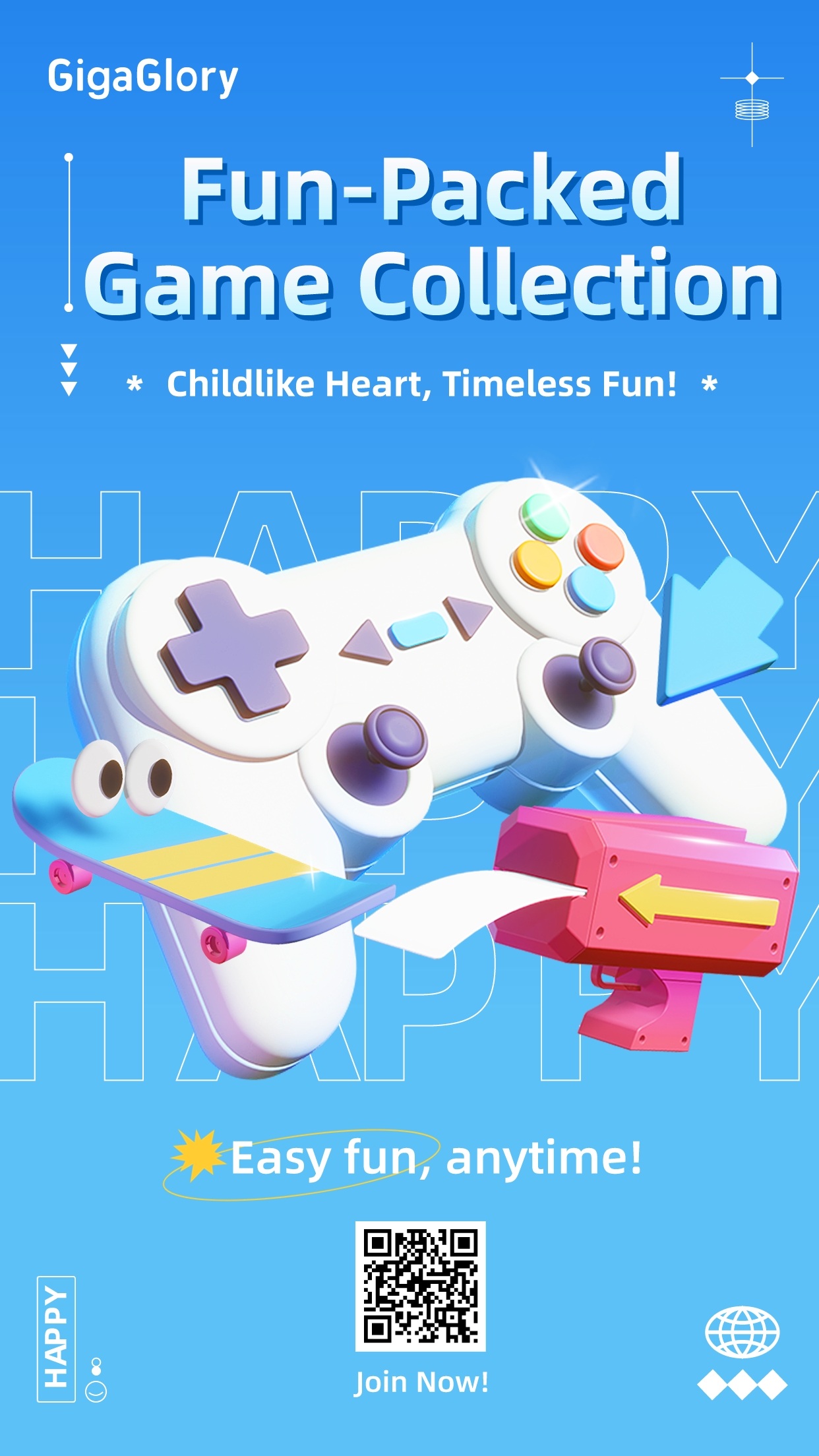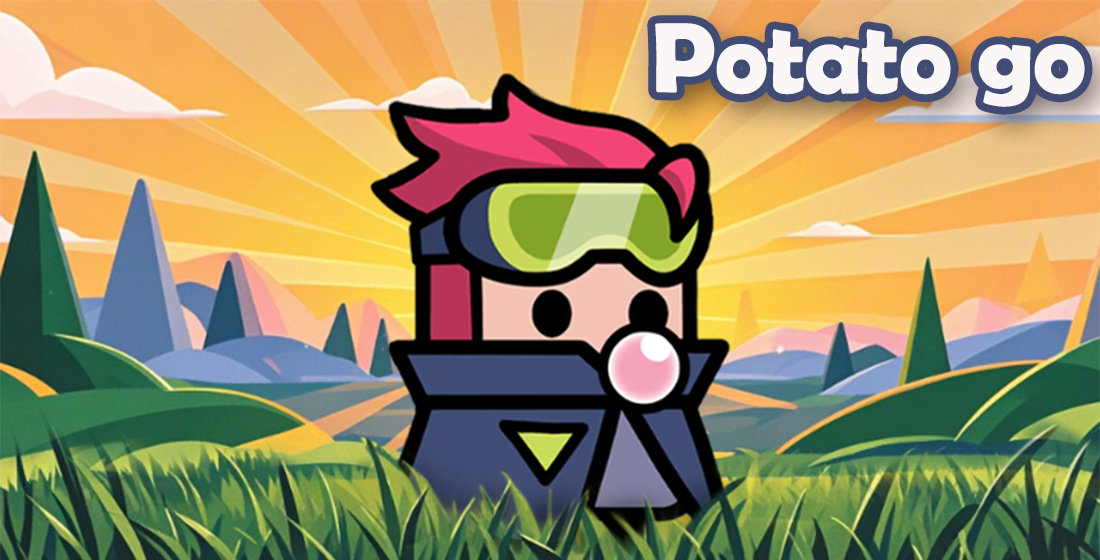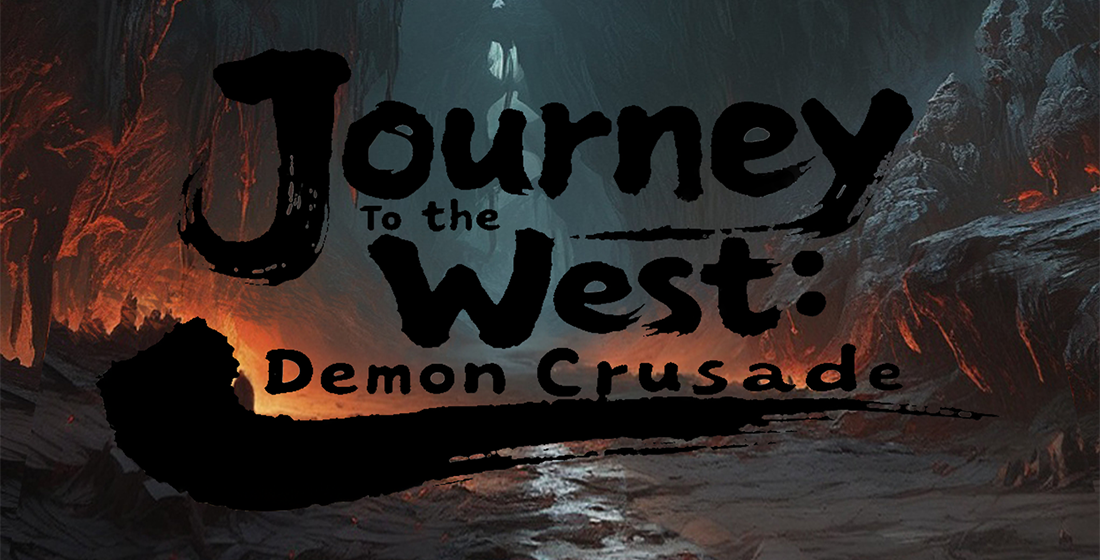Unlocking Learning: How Creative Educational Games Transform Students' Engagement
In today’s fast-paced world, traditional education methods are struggling to keep students engaged. Enter creative educational games—a dynamic way to boost engagement and learning. As educators identify the need for innovative teaching strategies, these games are stepping up to fill the gap.
What Are Creative Educational Games?
Creative educational games blend learning with play. They make complex subjects easier to grasp and keep students interested. Unlike traditional methods, these games encourage participation and critical thinking.
Benefits of Using Educational Games
- Enhanced Engagement: Games capture students' attention and turn them into active participants.
- Boosted Creativity: Players often think outside the box to solve problems.
- Improved Retention: Interactive learning leads to better memory retention.
Gamification in Education
Gamification is about incorporating game elements into non-game contexts. This strategy can significantly enrich the learning experience by providing instant feedback, rewards, and a sense of achievement.
Popular Creative Educational Games
| Game Title | Description | Subject Focus |
|---|---|---|
| Prodigy Math | A math-focused RPG that aligns with curriculum standards. | Mathematics |
| Kahoot! | Interactive quizzes that encourage friendly competition. | Various |
| Minecraft: Education Edition | A sandbox game that teaches various subjects through creativity. | STEM |
How Educational Games Impact Learning Outcomes
Studies indicate that students learning through games tend to outperform their peers in traditional settings. The interactive nature of playing allows for repetition and practice in an enjoyable manner.
Transforming Classroom Dynamics
When teachers implement creative games, the classroom transforms into a lively space where students are eager to learn. Traditional lectures don’t foster collaboration like games do.
Challenges in Integrating Games into Education
Despite the benefits, some educators face obstacles, like limited resources and training. It’s essential to recognize these challenges to effectively use games in the classroom.
Strategies for Effective Game Implementation
- Assess student interests to select appropriate games.
- Align games with learning objectives.
- Encourage teamwork and communication among students.
Future of Creative Educational Games
The rise of technology suggests a bright future for educational games. As developers create more engaging content, the potential for enhanced learning increases.
Case Studies: Success Stories
Numerous institutions have reported increased engagement and improved test scores after integrating creative games. It’s inspiring to see so many students thriving in this new environment.
How Parents Can Support Learning with Games
- Encourage children to play educational games at home.
- Participate in their gaming to understand their thought processes.
- Provide a mix of both educational and leisure games for a balanced experience.
Student Testimonials: Voices of Change
Many students express appreciation for educational games. They find learning more fun and relatable compared to traditional methods. These testimonials speak volumes about their effectiveness.
Addressing Common Misconceptions
Some people think educational games are just distractions. However, when designed thoughtfully, they can create powerful learning opportunities.
Creative Game Example: Vermintide 2 and Its Importance
While “Vermintide 2” is primarily recognized as a PC game, it includes aspects that foster teamwork and strategy—skills transferrable to educational environments. However, keep in mind that it’s essential to understand technical issues like Vermintide 2 game crashes at the end of matches can detract from the experience.
PC Games for Potato Hardware
For students with limited hardware capabilities, there’s no shortage of engaging and educational PC games that can run smoothly. It's about finding the right balance and ensuring access to resources.
Conclusion
Creative educational games have the power to revolutionize learning. By fostering engagement and enhancing retention, they bridge the gap between play and education. As we continue to explore this exciting frontier, the potential for student success seems limitless. It's time to unlock learning through creativity and collaboration.



